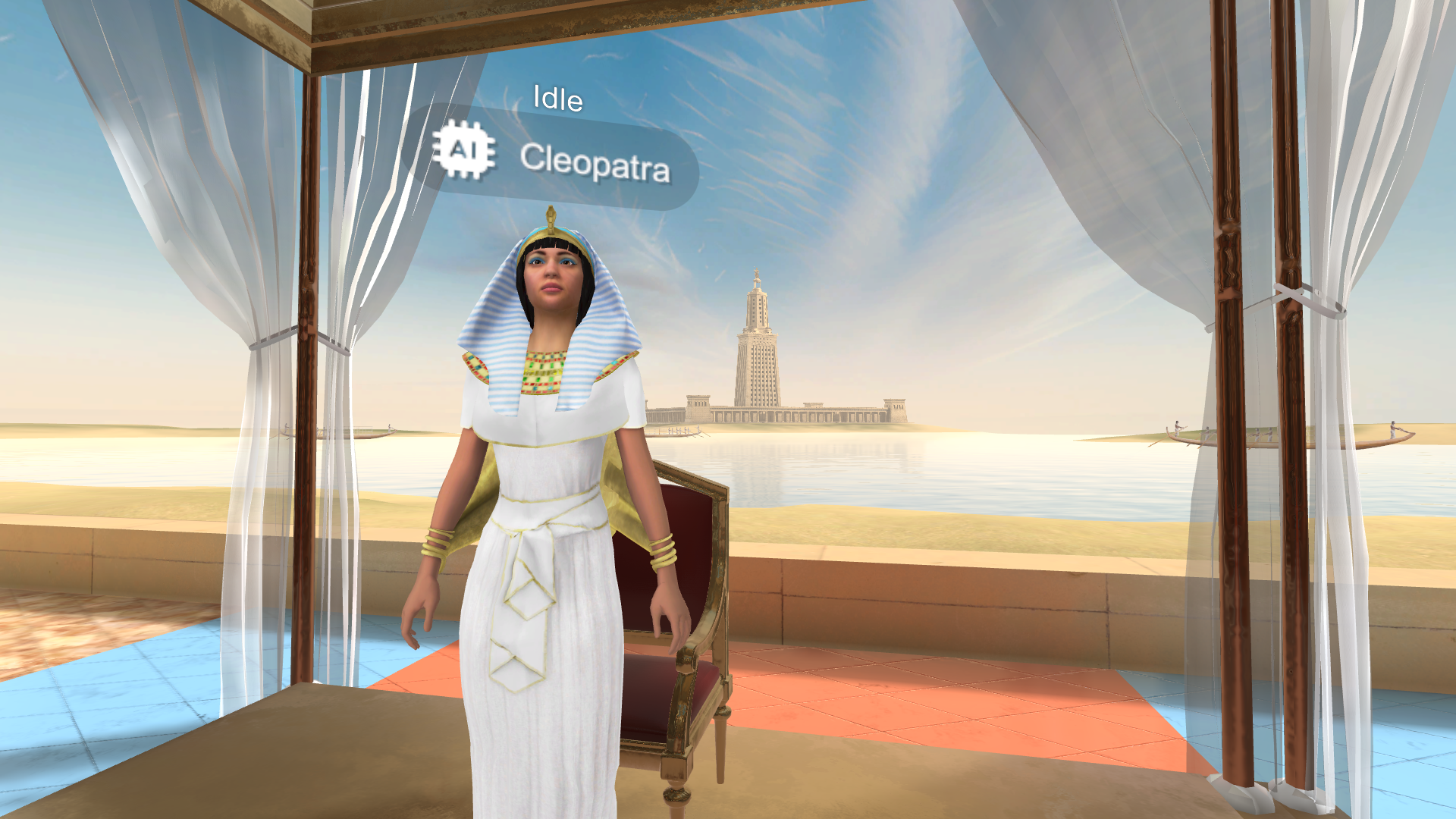Virtual Reality Education Becoming a Reality
Virtual Reality Education is becoming more and more main stream with low cost high quality devices coming to market on almost a yearly basis. In 2022, before our rebrand here at ENGAGE, we were called Immersive VR Education and specialized in educational VR app development. We had some major hits such as Apollo 11 VR, Titanic VR and Shuttle Commander which showcased how virtual reality could be used as an educational aid to make learning history more enjoyable.
VR in the classroom
Way back during 2017/18 ENGAGE was first relased in its Alpha state on PC based VR devices. The orginal platform was aimed at the remote educational market however it quickly found a home in many universities who wished to research VR within education. ENGAGE colloborated with Oxford University and released a selection of immersive lectures on a range of different topics. Topics ranging from cats, to cancer research were all expertly delivered by leading professors at Oxford University and released for free on the platform.
Although the ENGAGE userbase was growing it wasn’t until the release of the standalone VR device the Oculus Quest 1 that wide spread adoption of VR in classrooms began. The Oculus Quest resulted in much lower cost per student and a much better end user experience as the requirement for VR headsets to be connected to a powerful gaming PC was removed. We are now on version 3 of the Quest device and it’s amazing how quickly we have surpassed the earlier PC experience. Today we see ENGAGE used in VR labs in schools and universities across the world and growing quickly in the home school market.
AI Enhanced Education within Virtual Worlds
With the release of Chat GPT 3 in 2022 the media started to hail the arrival of AI and with subsequent releases it’s becoming apparent that AI is going to change how we work and complete research. At ENGAGE we see AI as a tool which can be used effectively within education and our first AI based product within education is the recreation of historic characters powered by generative AI to help teach students about history. We call this new product School of AI and it is scheduled to be released this September.
In the video example above you will see some characters interacting in real time with a student while inside a VR headset. The responses are unscripted and all are 100% generated based on documentation and research for each character.
ENGAGE and Stanford University Virtual Human Interaction Lab
Throughout COVID lockdowns ENGAGE supported professor Bailenson at Standford Universitys Virtual Human Ineraction Lab providing a safe remote enviroment for students to interact within. Prof. Bailenson and his research team created multiple whitepapers while using ENGAGE looking at the benefits of using VR for education and all of the research can be download using this link.
In Summary Stanford University found the following to be true:
- Enhanced Engagement: Studies at VHIL have shown that VR increases students’ engagement levels significantly compared to traditional learning. For example, a study demonstrated that students immersed in a virtual environment had higher retention and participation rates.
- Improved Empathy: VHIL’s research highlighted that VR experiences, such as embodying a refugee or a person with disabilities, led to measurable increases in empathy. Participants were more likely to engage in prosocial behaviors after these VR experiences.
- Safe Simulation: In a controlled study, VHIL found that students who practiced emergency procedures in a VR simulation performed better in real-life scenarios than those trained via conventional methods. The immersive nature of VR allowed them to experience high-pressure situations safely.
- Remote Accessibility: Research shows that VR enables students in remote or underserved areas to access high-quality educational experiences. VHIL’s studies indicate that VR can replicate hands-on learning experiences for remote students, bridging the educational gap.
- Personalized Learning: VHIL conducted experiments where VR environments were customized to individual learning styles, resulting in improved learning outcomes. Students who received personalized VR content showed a greater understanding of complex subjects like physics and biology.

